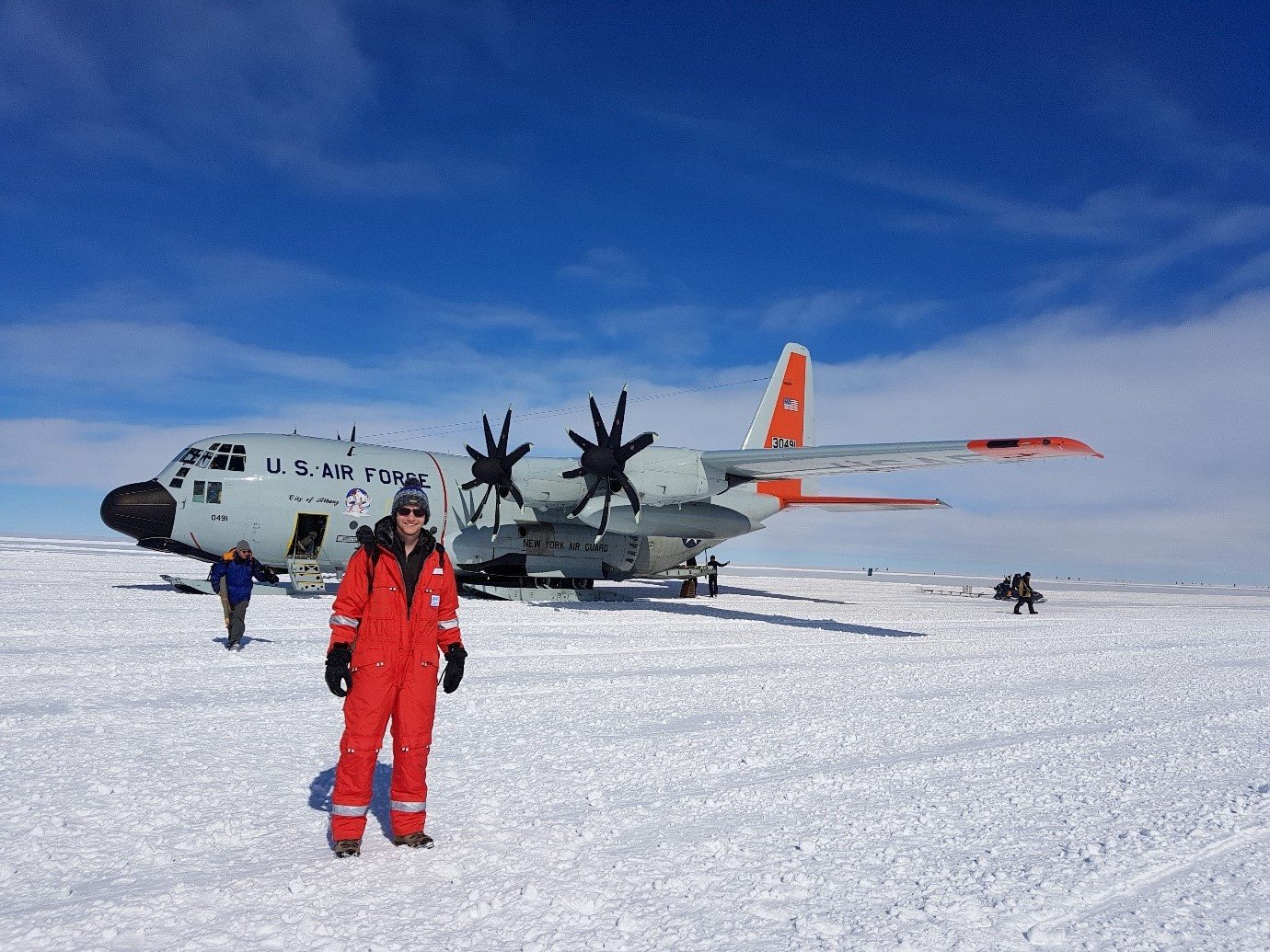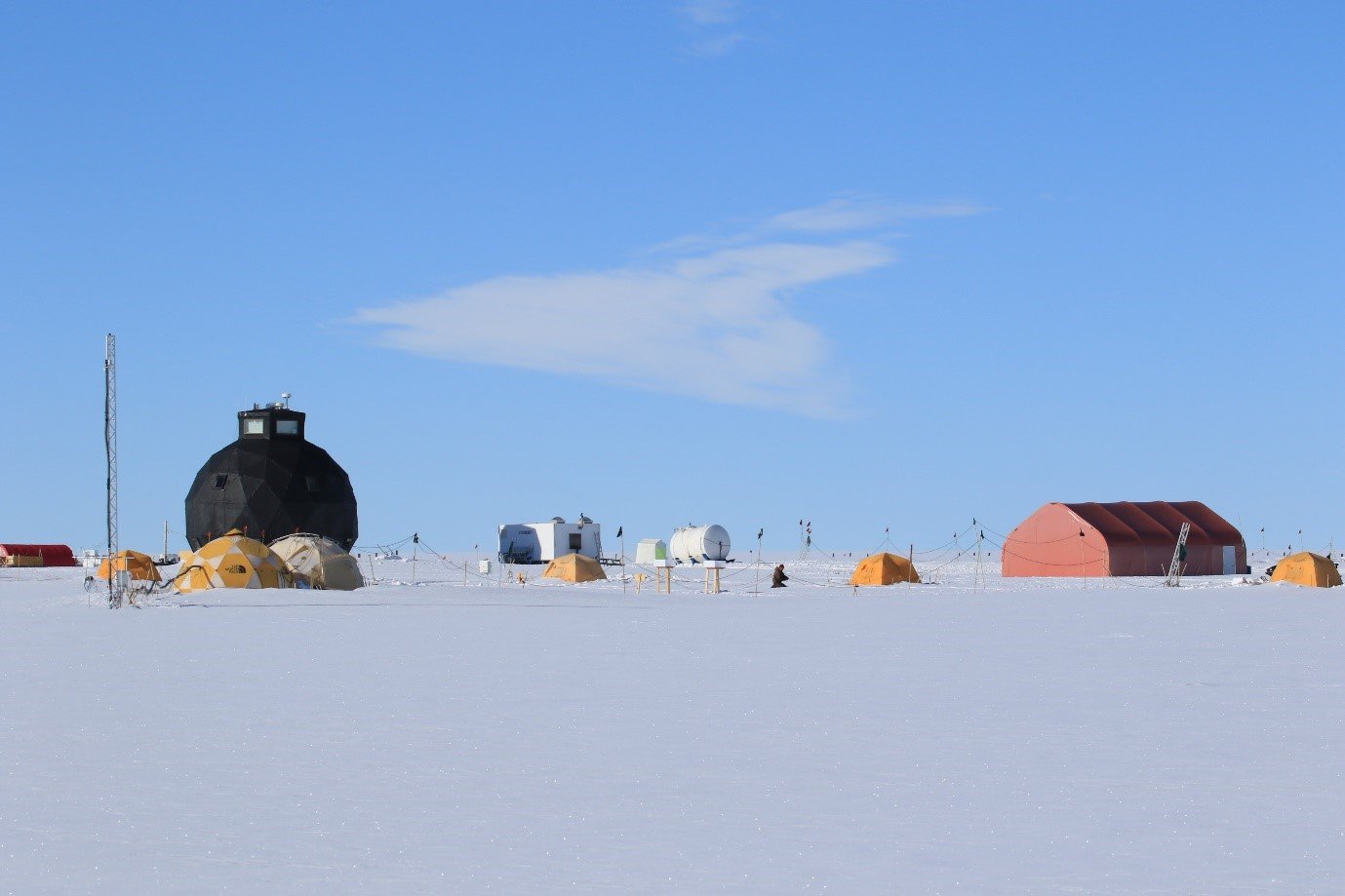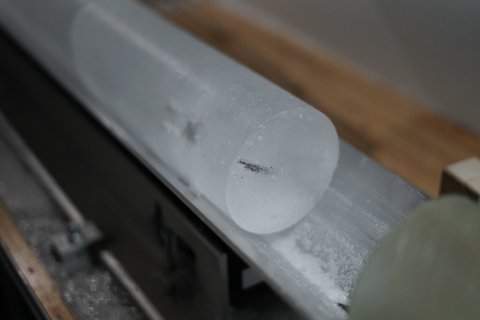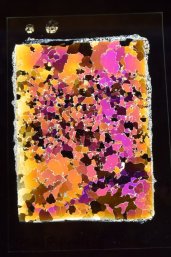Fieldwork on the Greenland ice sheet
Climate change heavily influences the melting of the enormous ice sheets in the Artic thus contributing to a worldwide change in sea level. Almost ready to finish his PhD thesis, Ernst-Jan Kuiper (Department of Earth Sciences) joins the East GReenland Ice-core Project (EastGRIP) to study the microstructural dynamics of the flow of the ice sheets. He reports straight from Greenland.

In the central part of the Greenland ice sheet, the ice suddenly starts flowing rapidly towards the northeast discharging large amounts of ice into the ocean. These so-called ice streams are responsible for about half the mass loss of the Greenland ice sheet. Most ice streams have doubled their velocity in the last decades. The behaviour of these ice streams is not well understood and can therefore not properly be included in ice sheet models which are used to predict future sea level rise. EastGRIP aims to study the dynamics of ice streams by retrieving an ice core, that is being drilled right through Greenland’s largest ice stream: the North East Greenland Ice Stream (NEGIS). As part of a collaboration between Utrecht University and the Alfred Wegener Institute in Bremerhaven, Germany, I had (and took) the opportunity to be part of this ice drilling project.
Camp life
In total, I will spend about 6,5 weeks at the EastGRIP camp on the Greenland ice sheet. The camp is located on the ice sheet at about 2,700 m above sea level. As you might expect on an ice sheet: it’s cold! Even though it’s mid-summer, the temperature varies between -5°C and -25°C. Fortunately, we have a well-heated central building, the ‘dome’, where we can warm up and relax in the evenings. Most of the science, including the ice core drilling, is performed in a tunnel a couple of meters below the surface. The tunnel protects the ice cores and scientific instruments from the changing weather conditions at the surface of the ice sheet. Down in the tunnel the temperature is relatively stable at a chilly -17°C, which is ideal for taking measurements.

Life in the camp is obviously quite different from life back home in the Netherlands. All equipment, supplies and scientific staff have to be flown in by a special plane that can land on the ice sheet using large skis. Luckily, the plane drops off new supplies every other week. The flight to the camp was definitely the most exciting flight of my life. At the beginning of the flight, the ice sheet is covered in deep blue melt lakes, but soon these disappear and all you can see is the bright snow on top of the Greenland ice sheet. The nights here are also quite different. Since we’re well above the polar circle (75°N), the sun doesn’t set at night. Also, we sleep in tents, which remain so light that you can easily read a book in the middle of the night. During the night the temperature in these tents is most often below zero. However, in the early morning, when the sun is brighter, the tents can become surprisingly warm inside!

What can the ice core tell us?
The NEGIS ice stream is by far the largest ice stream of the Greenland ice sheet and is responsible for about 16% of mass loss from the Greenland ice sheet. It is believed that the onset of the NEGIS ice stream is caused by strong melting at the base of the ice sheet. The EastGRIP camp is positioned at the part where the ice stream accelerates towards the northeast. The main aim of this drilling project is to study ice rheology and deformation of ice in ice streams. Furthermore, this ice core will provide a high-resolution climate record of impurities, water isotopes and greenhouse gases covering the current Holocene epoch and a large part of the last glacial period preceding this (till about 80,000 years ago).

Several groups are collecting data on freshly drilled ice core sections down in the tunnel. Water stable isotopes, together with electrical properties and the ice microstructure are continuously measured. Parts of the ice core are sent to different laboratories in Europe to measure atmospheric (greenhouse) gases trapped in ice bubbles in the ice. Together with my colleagues from the Alfred Wegener Institute, I’m involved in the study of the ice microstructure. The microstructure of the ice determines to a large extent the flow behaviour of the ice. We take microstructural measurements at about a 15 m interval. We’ll continue with these measurements until drilling reaches the base of the 2550 m thick ice sheet. This will provide us with a very dense dataset of ice dynamics and ice microstructure along the EastGRIP ice core.
Next year, when it is expected that the drillers will reach the bedrock, subglacial processes like basal melting and basal sliding (sliding of the ice over the bedrock) can be studied. Hopefully, this will allow us to understand the existence and evolution of Greenland’s largest ice stream.
For more information, including a lot more pictures, visit the EastGRIP website. Also, Professor Thomas Röckmann in the Faculty of Sciences maintained a daily blog during his three weeks stay on Greenland in June.

